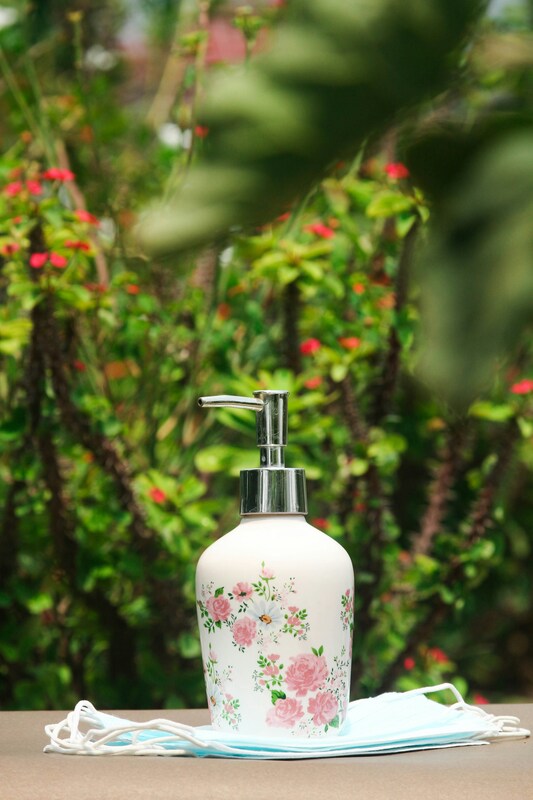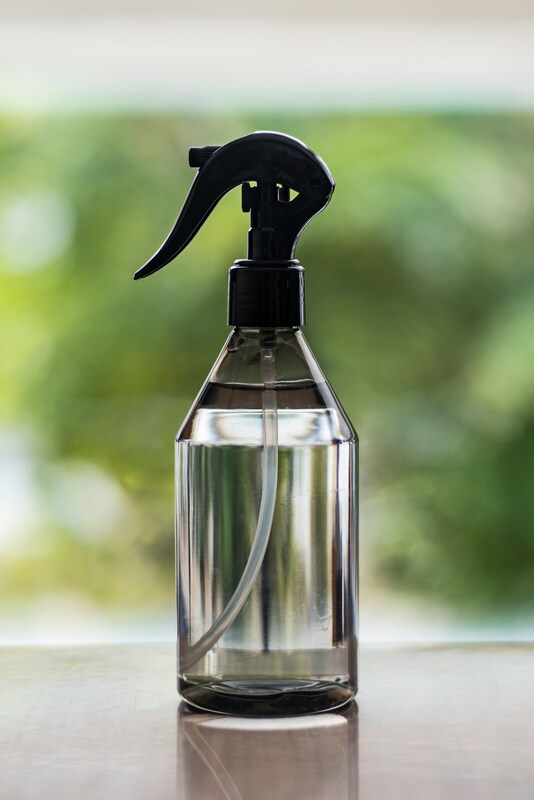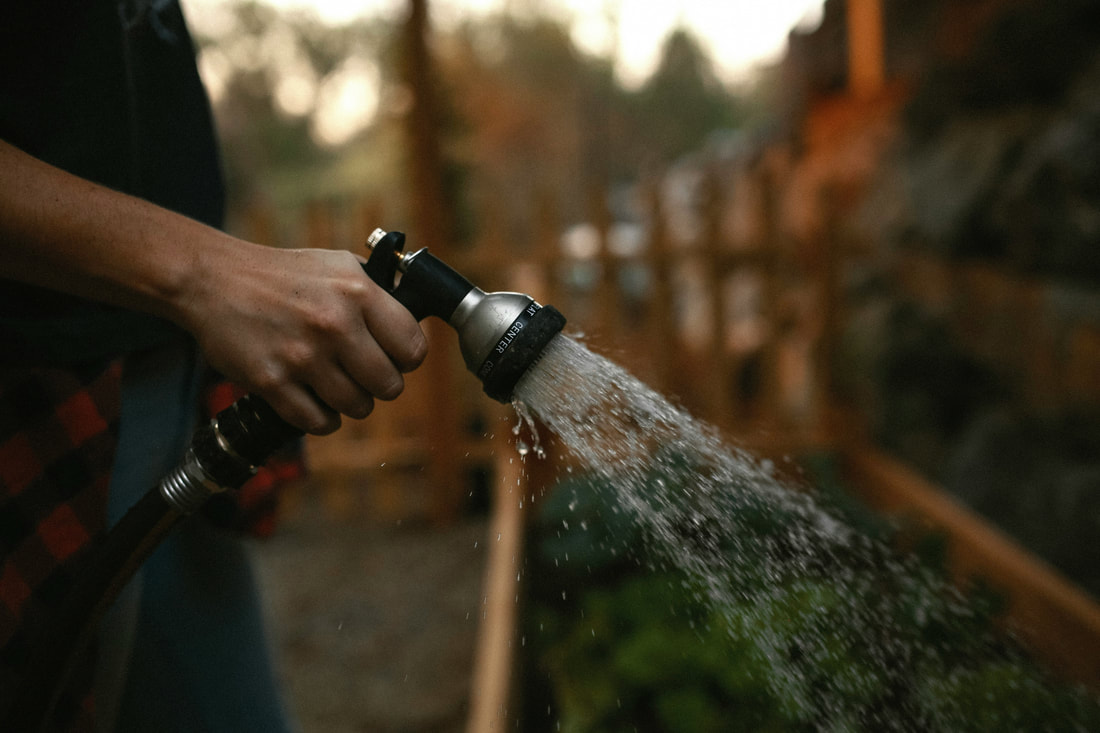A garden spray bottle is a handheld container designed to spray liquids like water, fertilizers, pesticides, or herbicides in a fine mist or stream. It helps gardeners apply treatments efficiently and evenly to plants.
|
Types of Garden Spray Bottles
|
Key Features to Look For
Common Uses in Gardening
|
|
|
Types of Nozzles & Spray Patterns
Materials & Chemical Compatibility
- Mist: Very fine droplets, ideal for delicate seedlings, humidity boosting, and foliar feeding.
- Spray: Medium-sized droplets, good for general watering and pesticide application.
- Stream: Concentrated flow, perfect for targeting specific weeds or stubborn pests.
- Fan spray: Wide, flat spray for covering larger areas evenly.
- Jet: Strong, narrow spray for hard-to-reach places or washing leaves.
Materials & Chemical Compatibility
- Plastic Types:
- HDPE (High-Density Polyethylene): Common, durable, chemical resistant.
- PET (Polyethylene Terephthalate): Clear, good for visibility of liquid level, moderately resistant.
- PP (Polypropylene): Often used for nozzles and caps, resistant to many chemicals.
- Metal: Stainless steel or aluminum nozzles last longer but are pricier and heavier.



